The ROG Zephyrus Duo 15’s second screen inspired a stunning sci-fi adventure in the ROG Game Jam
In the recent ROG Game Jam, five teams gathered for a unique challenge. We asked them to develop a game that uses the ROG Zephyrus Duo 15’s secondary ROG ScreenPad Plus display as a core gameplay component—and finish it in less than a week.
We partnered with Playcrafting to host this challenging event. Playcrafting frequently brings gamers, artists, and independent developers together for game jams. The demands of producing a game on a tight schedule make these exciting events that teach people valuable game development skills, connect them with other gaming enthusiasts, and let them show off their work to the larger community.
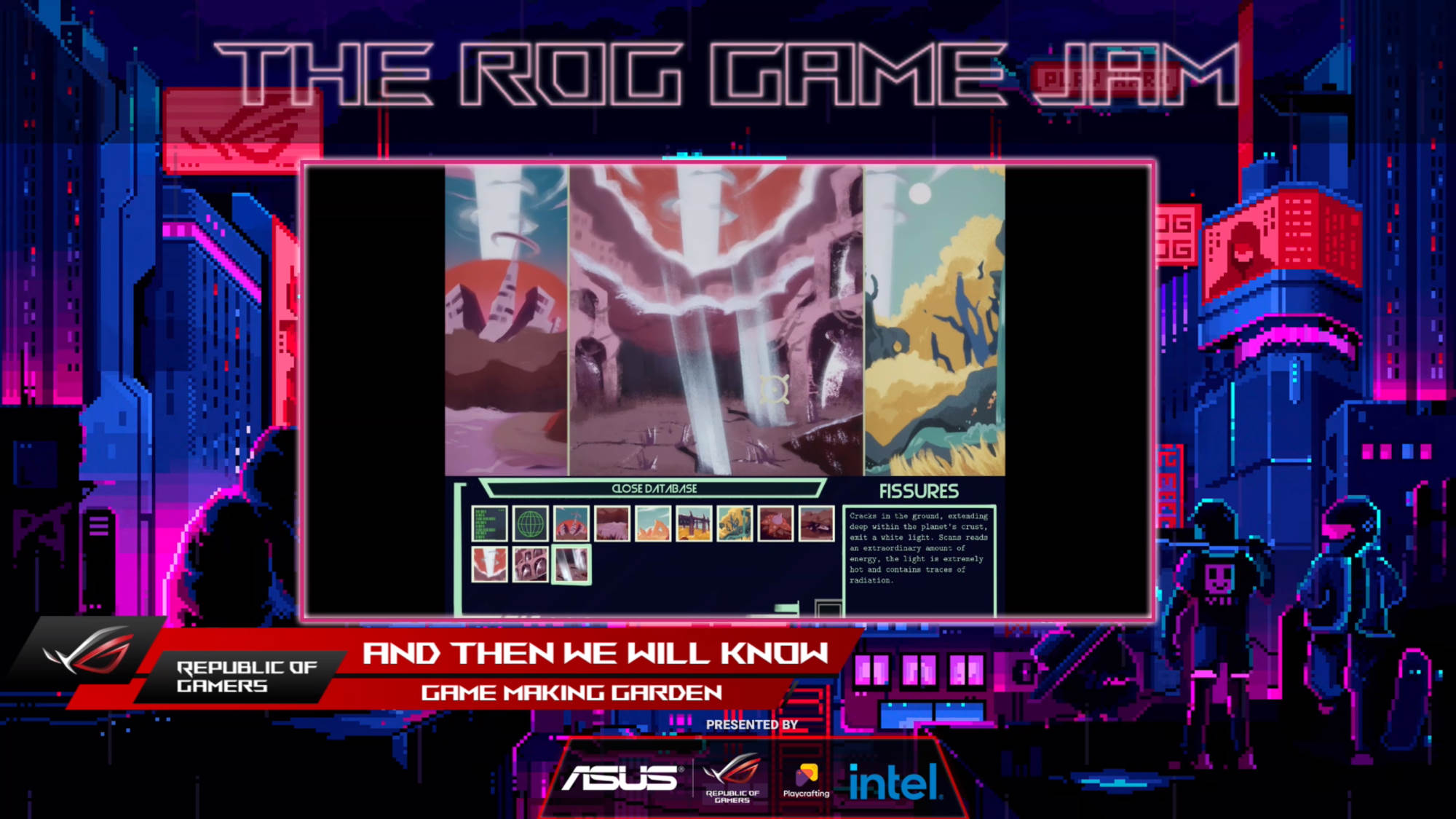
It’s always impressive to see what competitors can come up with during a game jam, and this event was no different. Game Making Garden, winners of the ROG Game Jam, came out on top against a field of excellent entries with their compelling science fiction adventure And Then We Will Know. In it, players guide a team of explorers as they investigate an alien planet. To do so, they can use the ROG ScreenPad Plus to switch between each member’s camera, adjust the viewport, and scan the landscapes for clues about its past.
We sat down with the winning team to learn more about their inspiration, creative process, and the opportunities for development and gameplay offered by the Zephyrus Duo 15.
It all started with gameplay
PC gamers are no strangers to innovative control systems. Over the years, we’ve watched enthusiasts use everything from finger-tracking controllers for VR games to hands-on-throttle-and-stick (HOTAS) rigs for flight sims. We knew that if we sat some creative developers in front of the Zephyrus Duo 15, they’d find some surprising uses for the ROG ScreenPad Plus. This 3840x1100 secondary panel gives you all the multitasking power of a second display integrated right into the laptop. Since it’s also a touchscreen, it opens up a wide range of possibilities as an input device.
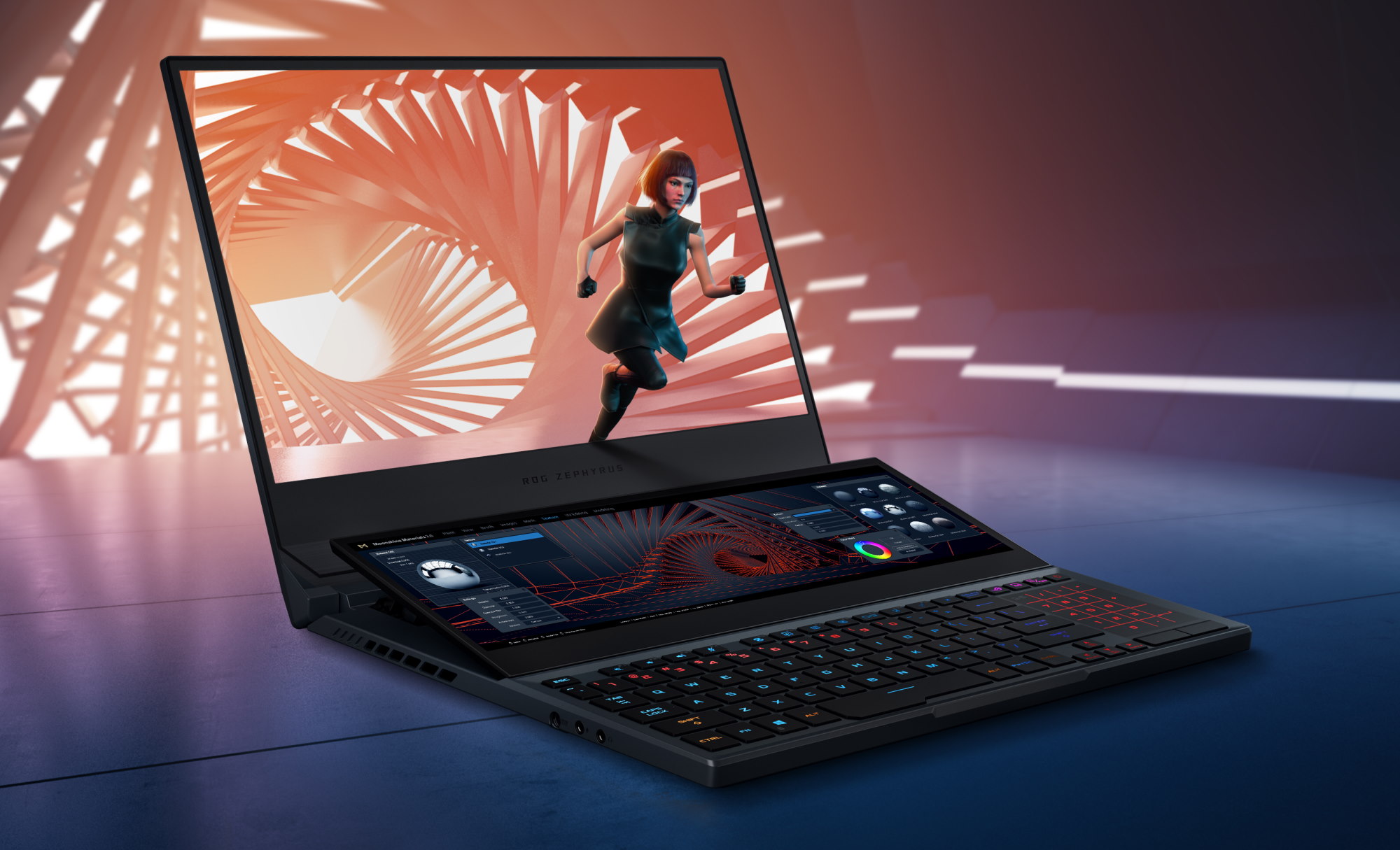
Those possibilities got Game Making Garden’s creative juices flowing right away as they brainstormed for the ROG Game Jam. Francesca Carletto-Leon—call her Cesca—has played a variety of roles in the industry, including production and community management, and she’s currently a game designer at the game studio Fullbright. She related how the team was fascinated by the ways the Duo’s two screens could work together in one game. When she began thinking about what would become And Then We Will Know with the team, she described how “we wanted there to be a visual, and also in terms of gameplay, mechanics connection between the two monitors. We tried to avoid doing something completely separate with the two screens. We really wanted them to feel like one conjoined and coherent experience.”
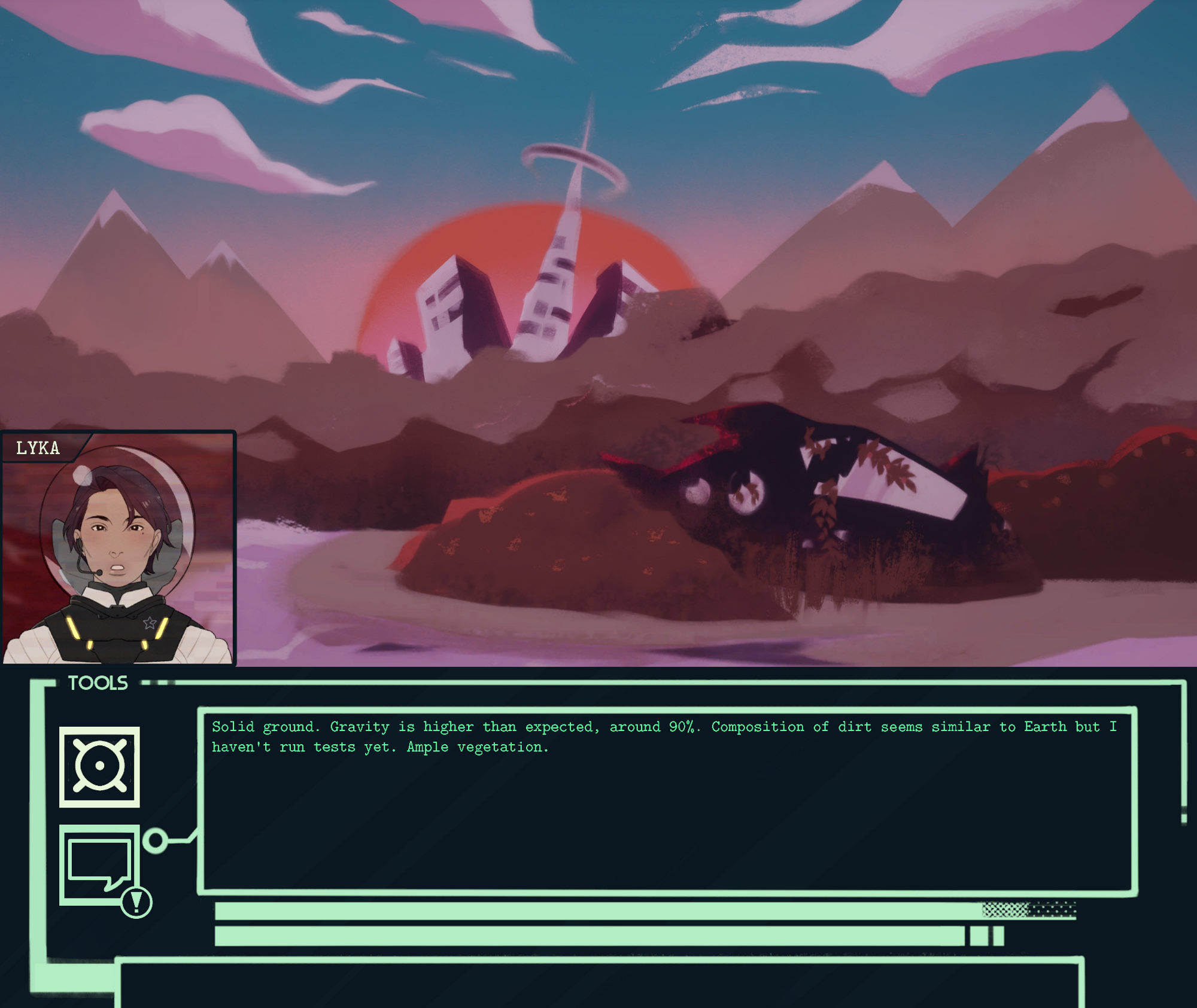
The user interface of 'And Then We Will Know'
Starting from gameplay mechanics rather than a theme or a story was a challenge for the team, but one that generated a lot of ideas. Mike Flood, a programmer with a background in game design and the senior Unity engineer at PlayDots, told us that “I think this is the first time I’ve had to think about making a game from the interaction first.” That starting point led to a lot of questions. “How do you move on the screen? What is moving on the screen? Are we going to use the touchscreen? Are we going to use a keyboard, a mouse? It was fun to start thinking from that direction first.”
Janel Catajoy, a recent graduate of UC Santa Cruz who illustrated the game’s vivid background art, also found the Zephyrus Duo 15’s second screen to be a source of inspiration. “It was fun to think of a game concept that involves two screens since we haven’t seen that since the DS or 3DS era. So it was kind of fun, nostalgic in a way for me since I grew up on those games.”
With their basic concepts in place, the team worked to find a setting that fit their gameplay concepts. Oriana Carletto, who focuses on character design and illustration and currently works for the Montreal-based studio KO_OP, said the group quickly settled on science fiction. “We all drifted toward space travel. We’re all fans of spooky space things and we all like Mass Effect, Dead Space, and Tacoma by Fullbright.”
The team quickly found that their gameplay ideas connected with this setting. “This idea of you being in a spaceship, and you have your field team and they’re setting up cameras and views for you, it kind of helped us justify when you’re navigating the world this way,” Cesca said. With a laugh, she added: “When in doubt, always go sci-fi, because you can narratively explain away almost everything.”
Not all of Game Making Garden’s ideas for using the ROG ScreenPad Plus survived the cutting room floor. “I really wanted to make a rhythm game that used the bottom screen,” Mike admitted. Without a music director on the team, that concept just wasn’t a possibility for this game jam, but maybe we’ll see him pursue that idea down the road.
More broadly, the team was intrigued by the gameplay options opened up by the secondary touchscreen. “In general, it’s going to be exciting to see more mobile and touchscreen interfaces drift back into the PC gaming space,” Cesca told us. “I think you can do a lot with storytelling where you’re able to touch and move things in a really intuitive way.”
Development made easier thanks to the Duo 15
As it turned out, the Zephyrus Duo 15 didn’t just inspire Game Making Garden. It rescued their development process. Mike’s desktop PC actually broke down prior to the competition, so he had to rely completely on the Duo 15 as he worked on the code.
The transition to a new PC couldn’t have been easier. “I was able to plop it on my desk, plug my keyboard and my mouse into it, my monitors into it, and it was honestly as if I had my desktop there,” Mike said. “I had four monitors total, because I had two monitors and the laptop had two monitors. Little things like that make development a lot more comfortable.”
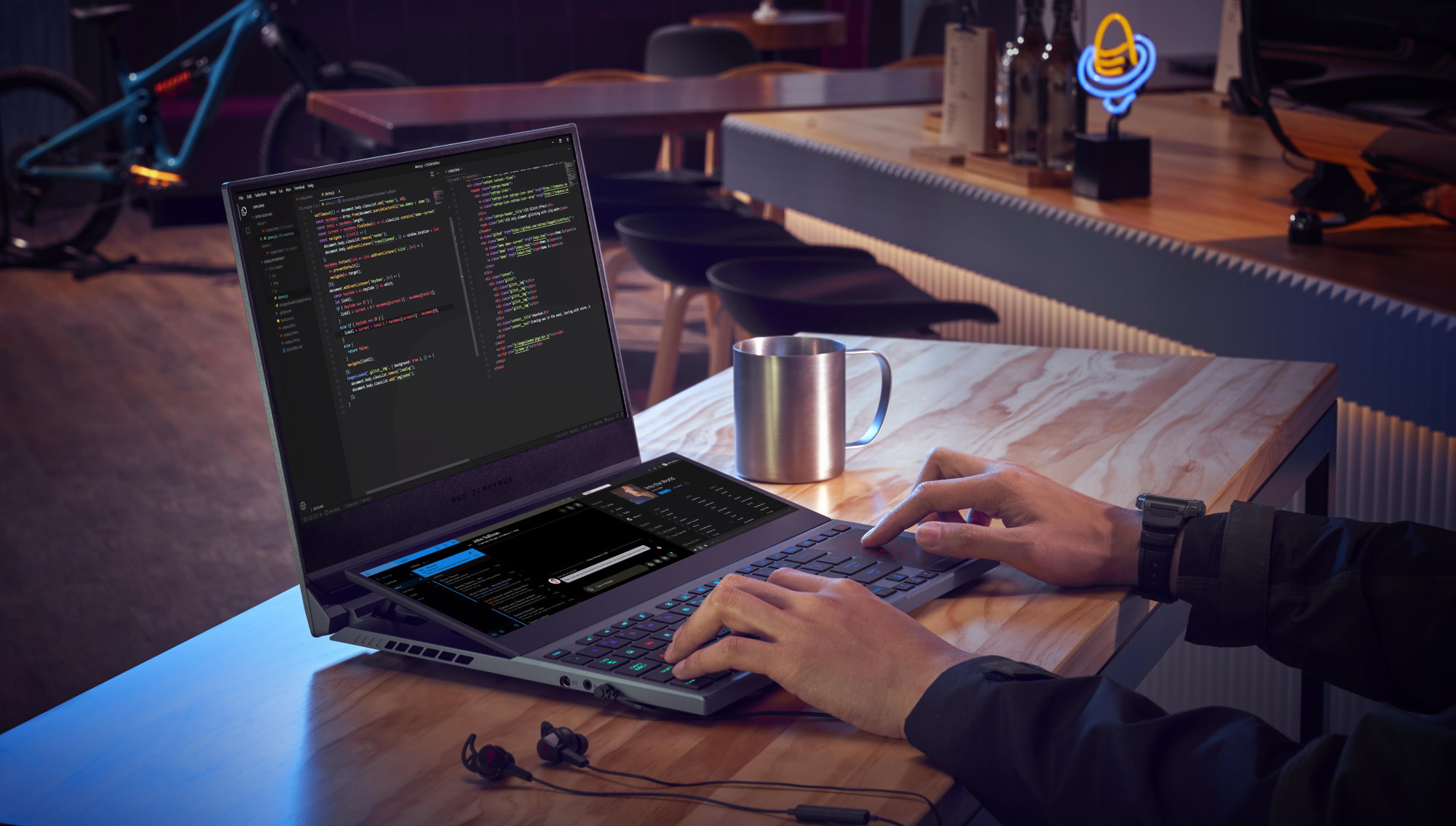
And Then We Will Know might not challenge a GPU the way that a fully 3D-rendered AAA game would, but the Zephyrus Duo 15’s top-of-the-line hardware was still an asset for Mike as he worked on the game’s UI. “We were using a lot of Unity UI canvas stuff, and Unity’s canvas system is known to be CPU intensive with all the rescaling it does,” he explained. “I have a feeling that on a different computer, I would have frame rate issues with the scalability of that window. So I do think the speed of the computer helped us there.”
Unlike Mike’s old desktop, the Zephyrus Duo 15 was both powerful and portable. “The power is obviously important for games, but the compactness of that power is also important,” he said. “Me and Cesca were comparing this to one of her older gaming laptops, and this one is half the size and ten times as powerful.”
Cesca put that portability to good use as she crafted the game’s story and dialogue. “Because we’re all work[ing] from home, I’ve been looking for any excuse to not be sitting at my desktop,” she told us. Part of what usually ties her to her desk is her keyboard. “I’m usually a hardcore mechanical keyboard fan. I avoid writing on my old laptop because I don’t like how the keys feel.” She had a very different experience with the Zephyrus Duo 15. “It’s really easy to type on, so I did most of the writing on the laptop sitting comfortably on my couch, which was a great way to get away from my desk for a while.”
No end of uses for the ROG ScreenPad Plus
A major reason why Gaming Making Garden brought home the top prize in the ROG Game Jam is the intuitive interface of And Then We Will Know. The art, functionality, and character design all work together to sell the fantasy of being at the controls of a futuristic expedition. I got some hands-on time with the game, and I was taken with how intuitive it felt when stretched across both screens. When you want to focus on the view from one camera, you simply slide the others to the side. It doesn’t feel like an interface you have to learn—it feels like one that you already know.
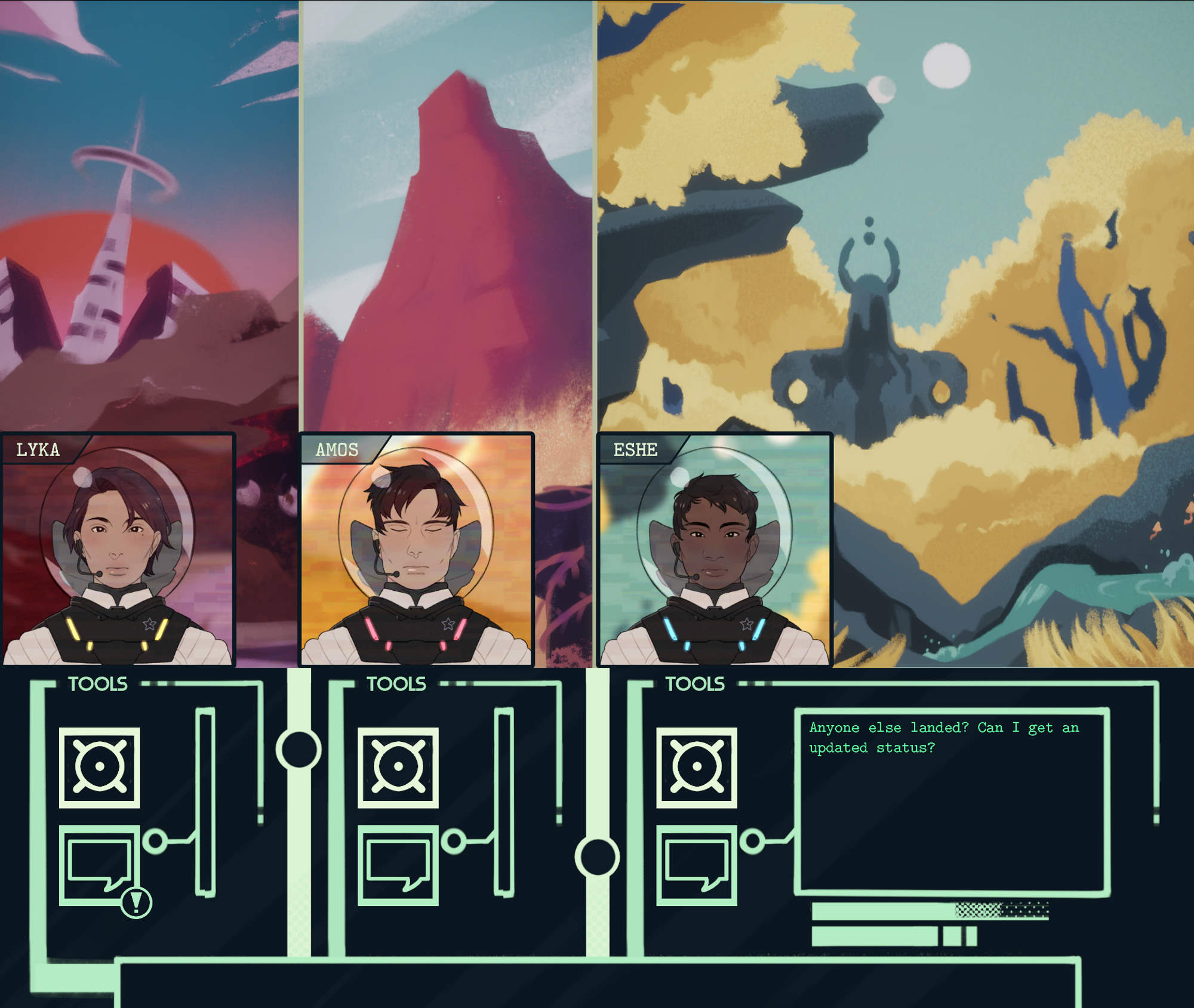
A view of the multiple explorers players control in 'And Then We Will Know'
For the team, that was exactly how it felt to work with the ROG ScreenPad Plus. “One of my fears going into it was that the second screen was kind of like a proprietary piece of hardware that you had to use very specific packages and SDKs to use, because that would make interacting with it a lot more complicated,” Mike confessed. “I was really happy that it is just integrated as a second screen so that you can do anything with it that you can do with a normal second screen plugged into a computer.”
Mike is just one of many coders who connect two or more monitors to their PCs to help them multitask. “The second screen was really useful for documentation,” he said. “Whenever I had to look something up online, it was very easy to drag the Unity documentation down there and I could use it as a reference while typing the code in.”
You don’t need an extensive coding background to make use of the ROG ScreenPad Plus, though. Cesca talked about how it helped the team stay connected without having to constantly tab between open windows. “When we were working, we were constantly checking in on Discord with each other, hopping on calls to just stay connected or if we had any questions,” she said. “So for me, I could be writing content for the game on the top screen and have Discord on the bottom screen, and really easily just hop down there and be like, ‘is this thing I’m writing in line with what we were expecting? Is this right?’ Having that support software on the bottom screen and not having to tab back and forth was really nice.”
The ROG ScreenPad Plus even played the role of a drawing tablet as the team iterated on the game’s UI. “When I wanted to make a rough mockup just to show what I’m visualizing in my head and we could have a discussion about it, it was easy to just be like MS Paint, bottom screen, doodling with my finger! And here it is and we could have a discussion,” Cesca explained.
Game development is just a step away
We couldn’t be more impressed with what the teams in the ROG Game Jam were able to produce on such a tight timeline, and we'd like to congratulate Game Making Garden once more for taking home the top spot with And Then We Will Know. If you’re interested in checking out what the creative members of Game Making Garden can put together on a longer development timeline, take a look at Starcrossed. Teamwork is crucial in this local co-op arcade game as you lead your heroes to rid the galaxy of a looming evil. The team is also keen to promote Janel’s project Heart of Enya, a strategy-based RPG and visual novel.
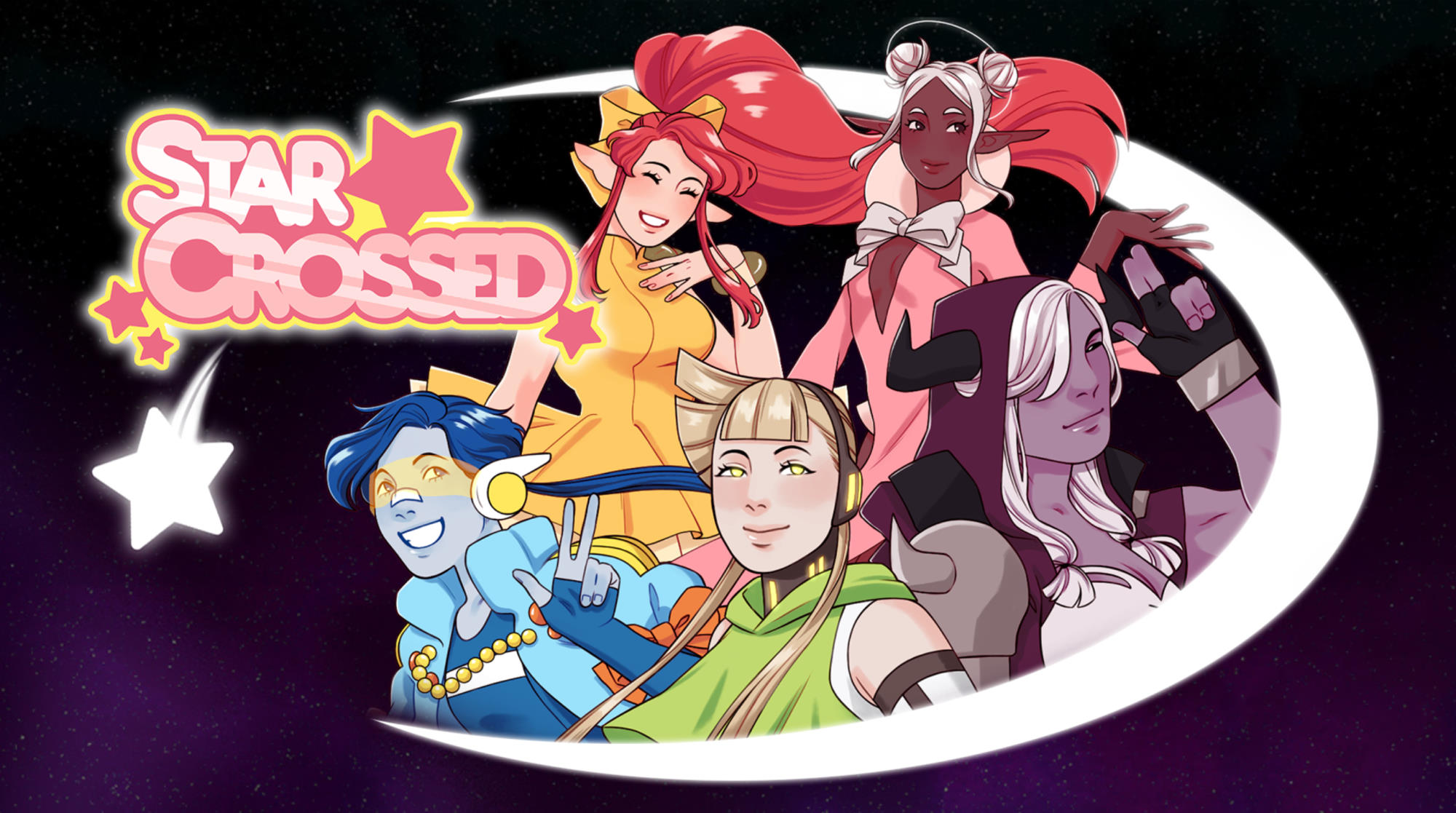
If Game Making Garden wants one thing to come out of their experience with this project, they’d love to see more people get involved with the game jam community and start making their own projects. Oriana points out that you don’t have to be a programmer to get started. “My background is completely in art. I haven’t had a formal education in games at all,” she said. “You live in a time where there’s tutorials everywhere, so it’s accessible to people. There’s nothing holding you back except yourself.”
Once you get started, Janel emphasizes how important it is to keep trying. “A lot of the process is very iterative. Your first game isn’t going to be perfect, and you kind of just have to accept that. It’s a lot of experimentation.”
Cesca chuckled when she heard Janel's story. “Embracing failure is a really big thing,” she commented. “I will never show anyone the first game I made because it’s the worst thing in the world. It’s buried deep underground.” For her, the way forward is to find and connect with a community. “A way to meet people to collaborate with is game jams. I would definitely recommend checking out itch.io. They have an entire section of their website that’s just game jams that are hosted online and anyone can join.”
If you have your own itch to create a game, there’s no better time to get started than today. Game Making Garden is a great example of how you’re only a few clicks away from finding an online community, joining a team with a range of skills and talents, and contributing to projects. And whether you’re building your own projects or checking out the creations of others, the ROG Zephyrus Duo 15 will provide you with an innovative and powerful canvas, both for creating unique games of your own and interacting with what you’ve made.
Auteur
Popular Post

ROG Astral vs Strix vs TUF vs Prime: which ASUS graphics card is right for you?
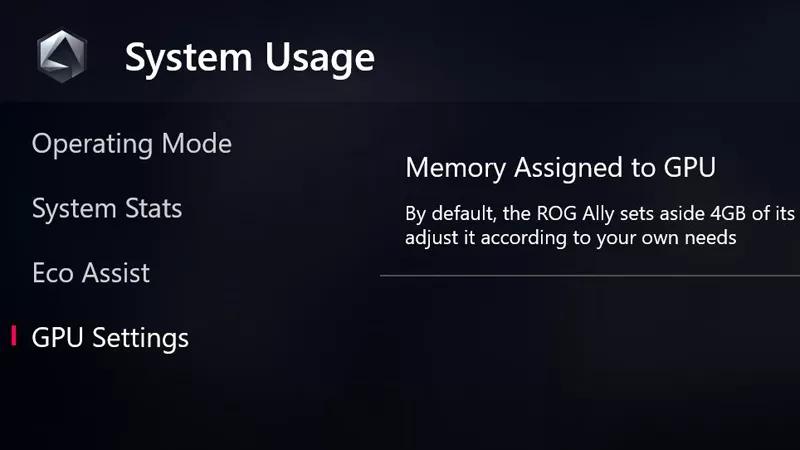
How to increase the ROG Ally's VRAM allocation

How to connect the ROG Ally to a TV or monitor for big screen gaming
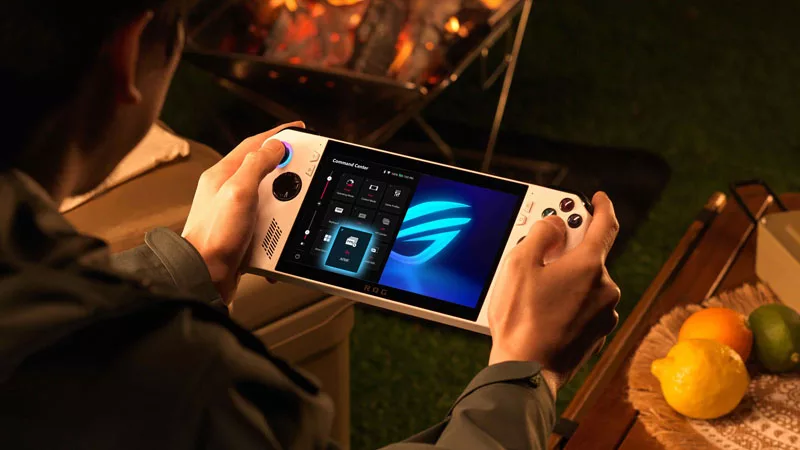
How to increase FPS on the ROG Ally with FSR 3 and AFMF 2

Forza Horizon 5 on the ROG Ally: performance guide & best settings
Derniers Articles
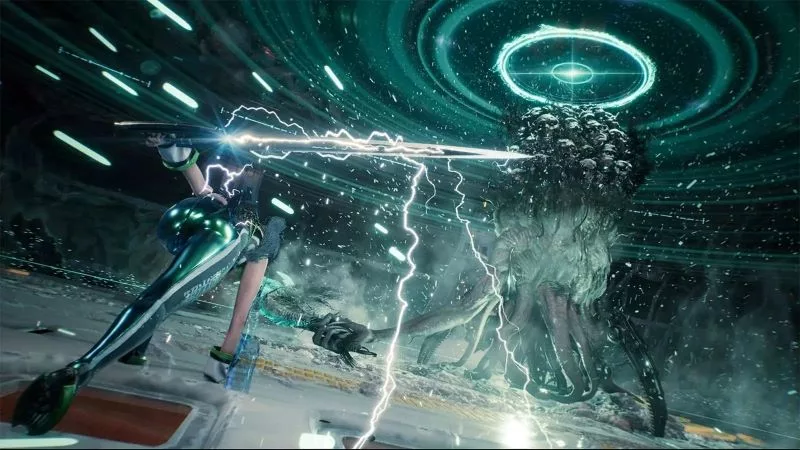
Stellar Blade is the stylish, stimulating action romp PC gaming needed in 2025
It’s one thing to look good, it’s another to play well, and it’s a Herculean task to deliver a game that manages both. But Stellar Blade does the job with gusto.
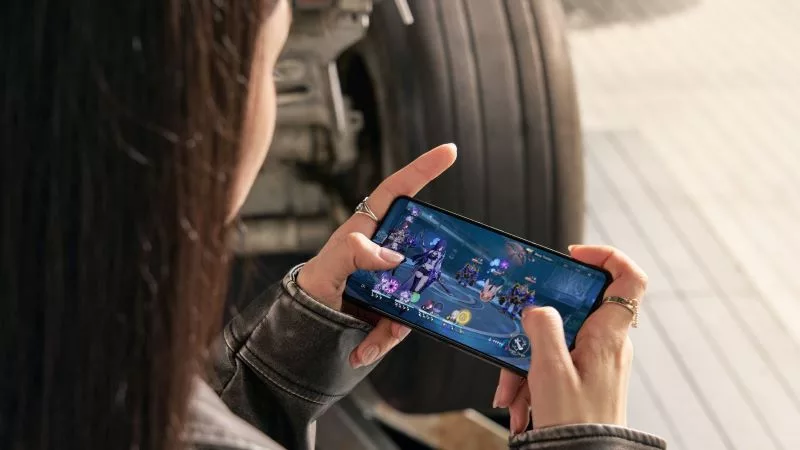
10 must-play ROG Phone 9 games with support for Game Genie and AI features
From FPS to immersive RPGs, check out the best games to play on the AI-enhanced ROG Phone 9 series.
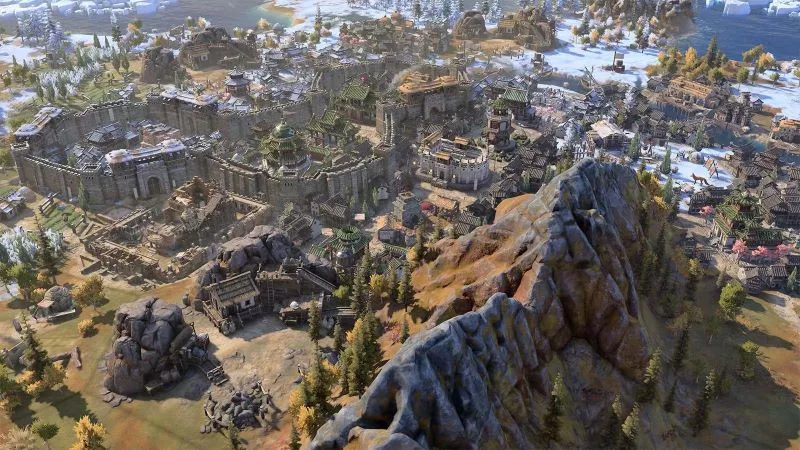
The best laptop-friendly PC games you can play without any peripherals
If you want to game on the go without dragging a mouse or controller with you, don’t worry: there’s plenty you can play with just your laptop’s built-in keyboard and trackpad.
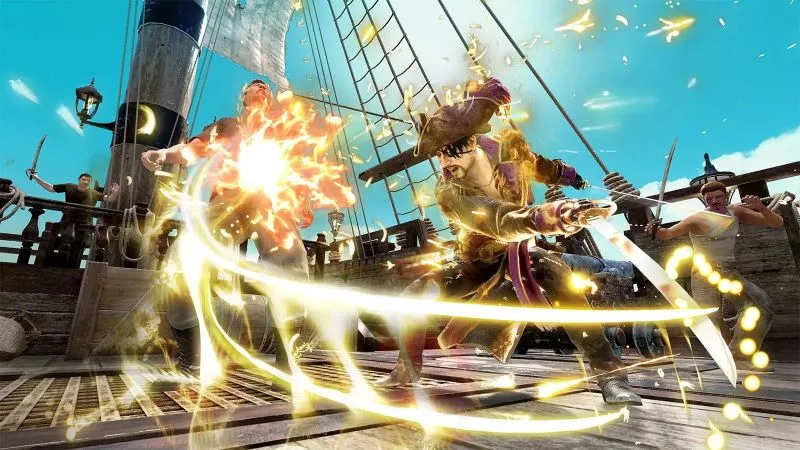
Like a Dragon: Pirate Yakuza in Hawaii is absurdist gaming at its finest
Like a Dragon games are playable versions of weird stories a quirky friend might share over coffee. Like a Dragon: Pirate Yakuza in Hawaii is no exception.
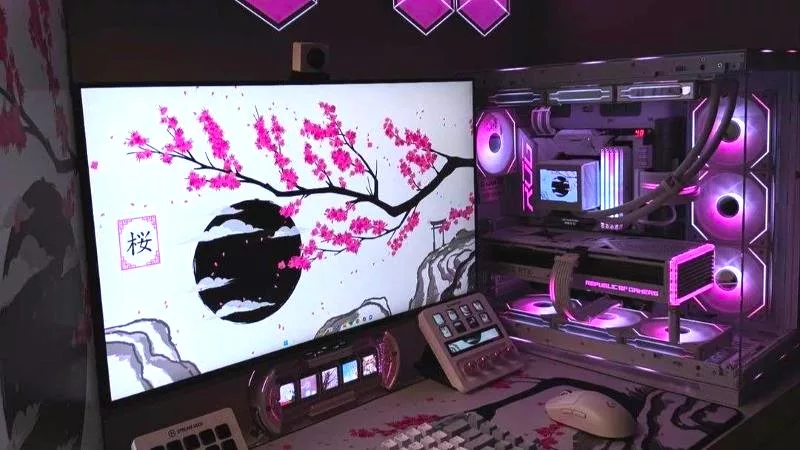
Four insane ROG PC gaming battlestations you need to see to believe
Expressing your personality with a tricked-out gaming setup is a core part of the PC gaming experience. No one knows this better than ROG loyalists, who produce some of the wildest battlestations on the planet.
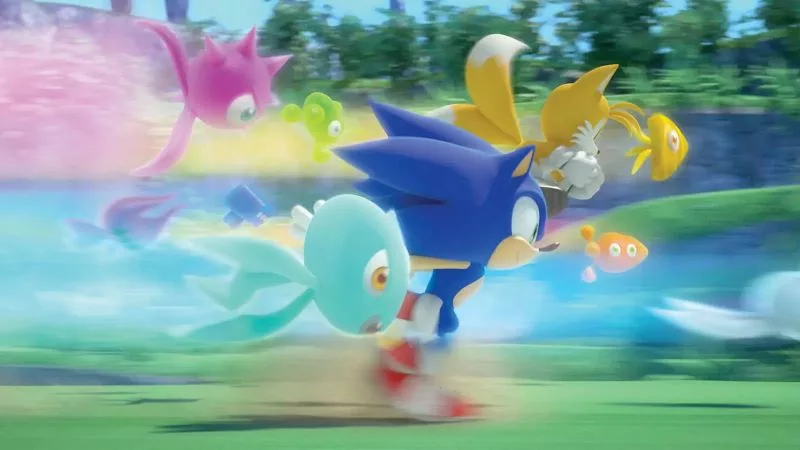
Why Sonic the Hedgehog is the wildest series in gaming
If you’ve been gaming for a while, you probably know SEGA’s Sonic the Hedgehog. But do you know why he commands his own gravitational orbit among a dedicated group of fans?